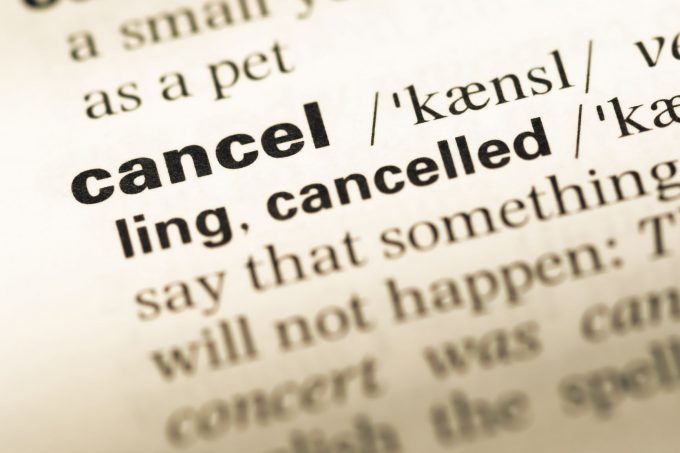
Changes coming to the Queensland Electricity Market
So how will the changes impact your common area power and tenants?
Commencing 1 July 2012, large non-residential customers (using over 100 MWh per year) in South East Queensland who have not already moved to a market contract will no longer have access to regulated prices and must negotiate a market contract with an electricity retailer.
What does this mean for bodies corporate with common area power over 100 MWh per annum? Bodies corporate for residential properties are classed as residential customers so can continue to access the residential regulated tariffs and this may be extended to business Tariff 20 as well. For bodies corporate with mixed commercial and residential lots, the predominant user group will determine whether or not the body corporate is classed as a residential customer. The Queensland government Department of Employment, Economic Development and Innovation has pointed out that under the Body Corporate & Community Management Act, a body corporate is not a business.
Staying on the residential Tariff 11 is not the answer if you are using 100 MWh a year or more, as there will be higher costs due to the structure of the new inclining block Tariff 11 to be introduced from 1 July 2012. The new Tariff 11 will have inclining block pricing, meaning there will be higher prices for higher levels of KWh use. If power consumption exceeds the top usage bracket you will be paying the top rate for all usage over that tier. Expect significant increases on the common area bill if the common area power is over 100MWh. Our advice is to seriously consider a market contract as the savings will be anywhere from 12-52%.
If you are using under 100 MWh a year in your common area, costs could still be higher under Tariff 11 and you should compare this with costs under Tariff 20, and if worthwhile seek a tariff change.
Get in before the rush. To secure the best possible price, it is necessary to act now before the market goes pear shaped after 1 July 2012. Don’t get caught trying to secure contracts after July. There are expectations of high volumes of trading after July which will push prices up, especially as the carbon tax is also being introduced at that time. For customers over 100 MWh there are good savings by going to a market contract so it is not bad news, it is just forcing the bodies corporate to act. Acting at the right time is the key.
Changes to residential tariffs – Two significant changes are being introduced:
First change: An inclining block tariff will be introduced to reward consumers for lowering their electricity use. This will change the Tariff 11 structure.
What does this mean? If you use more than a certain level you are going to pay more per kWh for the higher blocks of your usage. This may be unavoidable for common area accounts using less than 100 MWh on Tariff 11 because the cut-off to the highest block in the tariff is likely to be 10,000 kWh a year, forcing the bodies corporate to act if they wish to hold down their electricity costs. They will need to change to a flat business tariff or use less power.
It will be good news for customers who can keep their electricity use under a certain level. This is where energy efficiency starts to play its role along with technologies like solar. If you can keep your usage under the threshold before the electricity bracket increases you will be better off.
Second change: A voluntary time of use tariff similar to other states is being introduced (if you have the meter) – meaning a peak and off-peak tariff to provide incentives for customers to shift electricity use outside of peak demand hours (4-8 pm Monday to Friday). It will be good for people who are prepared to control when they use power. Before considering this option make sure you understand your consumption patterns. For example, if hot water systems and devices like air-conditioning are used though these times on the TOU tariff and not on a controlled tariff, you will be paying a premium for the power you use.
What does this mean for residential or business customers in On-Supply arrangements?
They will still pay up to the regulated tariff rates as published. Customers in On-Supply arrangements do not usually have a tariff and tariffs are only referenced as the ceilings on what can be charged.
Changes to contestable contracts (market contracts) – For customers who have non-standard or significant connection arrangements (generally network users with annual consumption greater than 4 GWh), Energex will provide site specific tariffs directly to the network users and their retailer of choice.
For customers with standard connection arrangements (generally network users with consumption less than 4 GWh per annum), small and medium demand network charges for Queensland clients are now being merged and there will be no distinction between the two. What impact this has on network charges we don’t know yet and probably won’t find out until May when network prices are released. We are yet to determine if the small demand or the medium demand is going to get hit with the bigger increase.
Network charge increases as of July 2012 – Increases as approved by the Australian Energy Regulator are expected to be something along the lines of the increases shown below. We suggest you get committees starting to factor these percentage increases in from 1 July: Energex distribution 15.3%, transmission 6% Ergon distribution 6.09% transmission 6%.
Carbon tax – You also have the impact of carbon pricing. Based on estimates of $23 per tonne the bottom line impact to you bill will be a 10-14% increase on the bottom line.
What is the snapshot and what does it all mean for 2012-13?
• Residential – expect 12% + increases on your total bill if you do not change the way you use power.
• Non-residential accounts over 100 MWh have to move to a market contract.
• Market contract increases in network charges in Energex zone (SE Queensland) ≡ 5-6% increase on the bottom line.
• Market contract increases in network charges in Ergon zone (Regional Queensland) ≡ 3-4 % increase on the bottom line.
• Carbon tax – factor in 12% increase on the bottom line.
Hold on for an interesting ride come 1 July 2012.

AccomNews is not affiliated with any government agency, body or political party. We are an independently owned, family-operated magazine.






